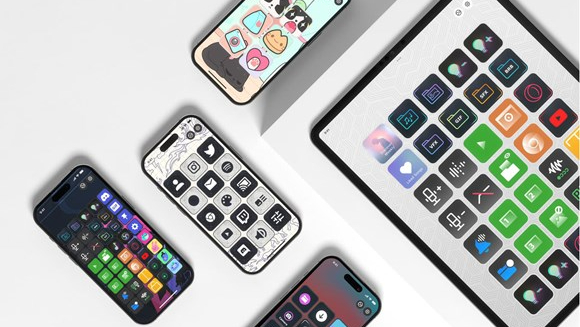
Corsair announced that the mobile app version of its popular Elgato Stream Deck—not to be confused with the Valve Steam Deck—received a big update, which turns any smartphone into a "handheld productivity interface." For streamers, this means you can switch between scenes, control mix levels, and even drop obnoxious sound clips in your stream on an iPhone or iPad.
The Stream Deck mobile app offers everything we like about the Stream Deck without actually having a Stream Deck. Of course, you're not getting the tactile feedback from the buttons and knobs you'd get from a Stream Deck +, but you're getting much of the same functionality for a fraction of the cost.
In fact, the app is free, albeit with some features missing, making it appealing for new streamers who may find the Stream Deck+ and its closest competitor, the Loupedeck Live S, cost-prohibitive.
The free version of the Stream Deck mobile app provides six keys, unlimited actions, and access to numerous third-party plugins. For those seeking additional features, the Pro version is available for $2.99 per month or $24.99 per year. With the Pro version, users can access up to 64 keys and new features, such as custom layouts and backgrounds, introduced in the 2.0 update. Notably, this provides twice the number of keys the Elgato Stream Deck XL offers.
Corsair said you could run an app on two devices, allowing for the use of 128 keys during a broadcast. While it's unclear what type of Twitch stream would require 128 shortcuts, it's a fun option. Worst case scenario, you'll be able to create a massive soundboard to spam an enormous variety of fart noises for your viewers.
Beyond streaming, we have found the Stream Deck valuable as a workflow controller. It is a convenient tool for capturing gameplay clips and screenshots. Additionally, video and photo editing professionals have used similar devices to map shortcuts in their software.
The Stream Deck Mobile app is now available on the Apple App Store for iOS. We contacted Corsair regarding future Android support, but they confirmed that only iOS is currently supported, with no timeline for Android availability.







